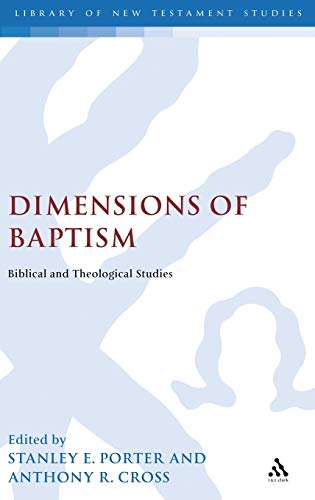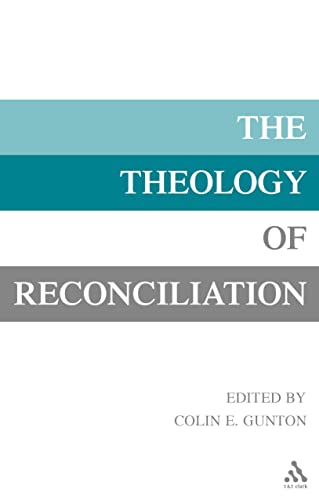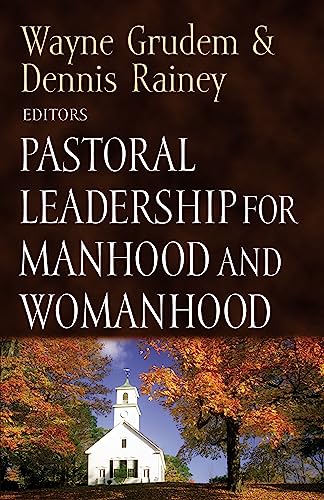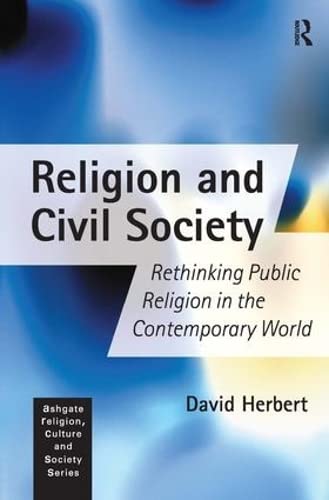THE OLD TESTAMENT IN THE NEW. AN INTRODUCTION (CONTINUUM BIBLICAL STUDIES SERIES)
Written by Steve Moyise and Maarten J. J. Menken (eds) Reviewed By Steve MotyerThis book is a mini-masterpiece by someone who has made this theme the focus of his scholarly effort for some years—and it shows. Steve Moyise sets the scene for his study with a chapter on exegesis in the Qumran texts, which at first sight seems to launch the book firmly in the direction of calling NT exegesis ‘Jewish’—and this is indeed Steve Moyise’s ‘default setting’. OT quotations in the NT are constantly compared with Jewish techniques, usually to argue that the NT authors find their home there. However a judicious final chapter widens the scene, allowing in other voices and showing particular appreciation of Richard Hays’ nuanced view that the NT authors used Jewish exegetical traditions critically, in the light of their overwhelming experience of new life in Christ, which caused everything to die and rise again for them, including their exegetical methods.
The body of the book is formed by a series of chapters on each of the NT corpora in succession, surveying the use of the OT there. There is a chapter on each of the Gospels (including Acts with Luke, of course), on Paul, on Hebrews, on 1 and 2 Peter and Jude, and on Revelation. In each chapter Moyise basically manages to say something about every OT quotation—though not quite in the case of Matthew and Paul. In Matthew he concentrates on the birth narratives, and in Paul he groups his discussion around a series of ten themes—effectively showing that many of the central themes of Pauline theology are substantially bolstered by OT quotations. In addition he manages to find space for separate sections on allusions, as opposed to quotations, in all the chapters except those on Matthew and Paul. And if that were not enough, he concludes each chapter with ‘Further Reading’ summaries of the main recent monographs on the OT in the book just discussed.
This makes for pretty condensed writing. But the writing is nonetheless clear, well-expressed, and easy to follow. It truly is a tour de force, resting upon wide acquaintance with scholarship and long familiarity with the theme. Its enthusiasm is infectious. Feature after feature is declared ‘interesting’ or even ‘fascinating’, and he has a teasing habit of leaving questions open in a way that demands further interaction (inevitable, in a book of this length). So when, at the end, Moyise declares his hope that ‘you will now go on to read some of the more detailed works mentioned in the “Further reading” … perhaps in time you will be writing your own text that interacts “with the text and the texts within the text” ’ (137), I’m ready to sign up!
I have my questions, of course. I’m not sure that such an exclusive focus on the quotations gets us to the heart of the ‘use’ of the Old Testament in the New. Steve Moyise’ own interest in ‘intertextuality’—something about which he does not write enough in this book—points to a wider discussion. For instance, the ten themes in Paul do not include ‘justification,’ arguably the central theme in Pauline theology. Paul attaches justification to certain crucial texts, of course, but as a theme its roots go deep and wide into OT covenant theology. Similarly Johannine Christology is deeply permeated by OT categories, but one would never gather that from a study of the quotations in the Fourth Gospel.
However this is an Introduction, as Steve Moyise is keen to emphasise, and as such it is by far and away the best available on this vital subject.
Steve Motyer
Oak Hill College, London







